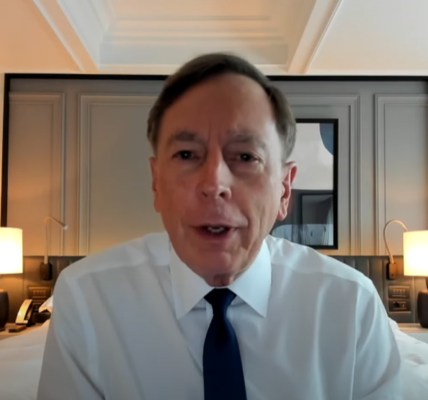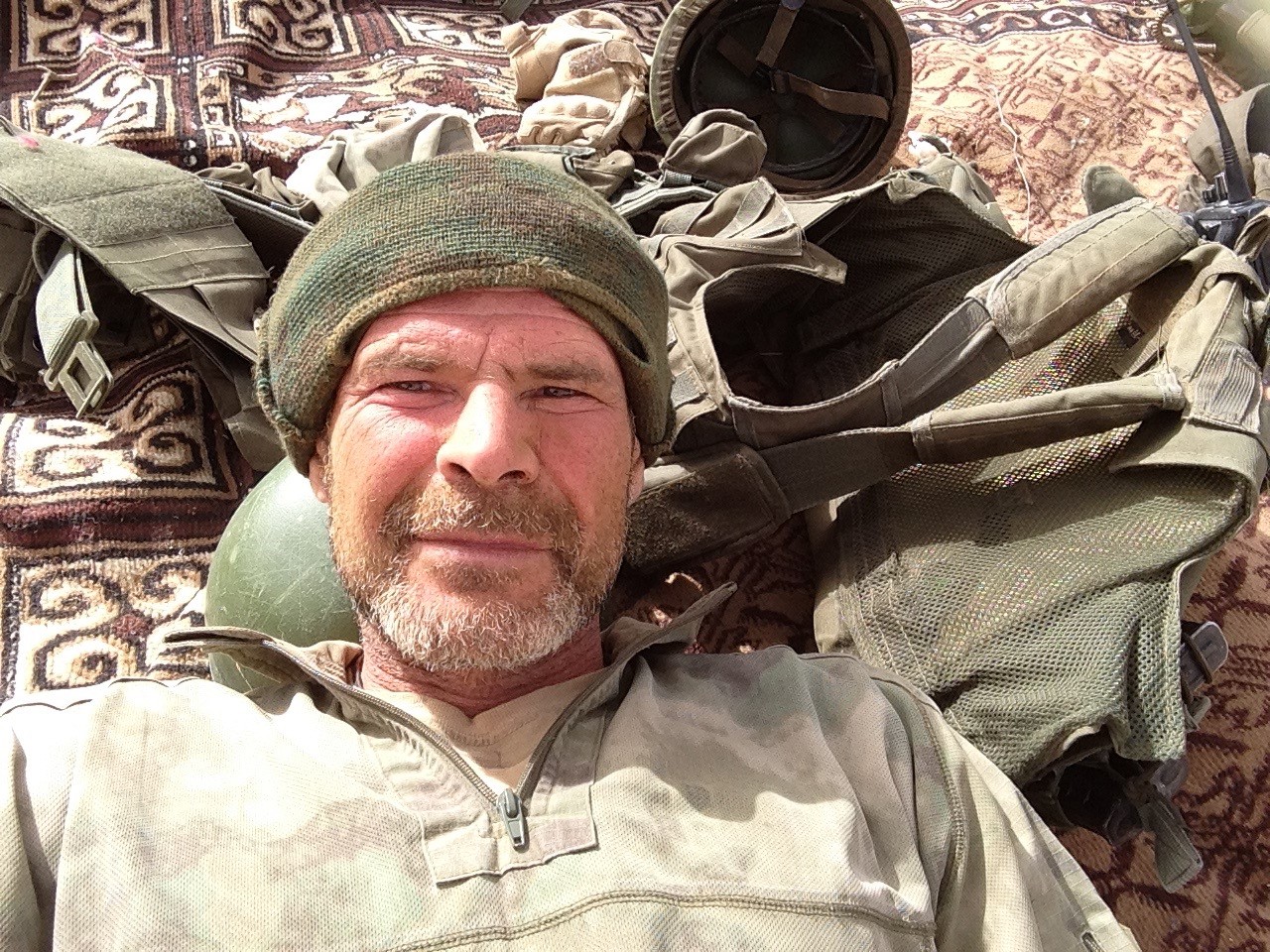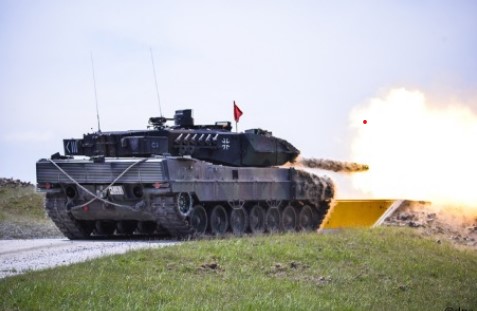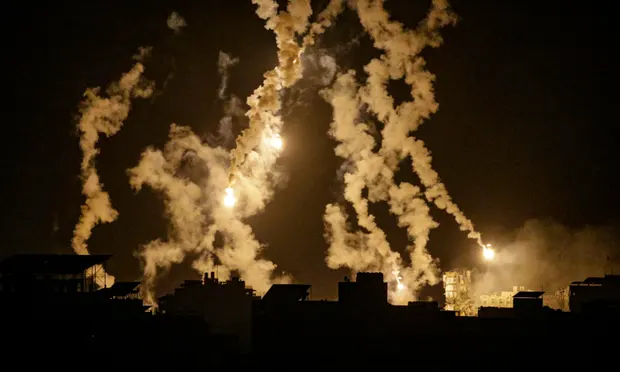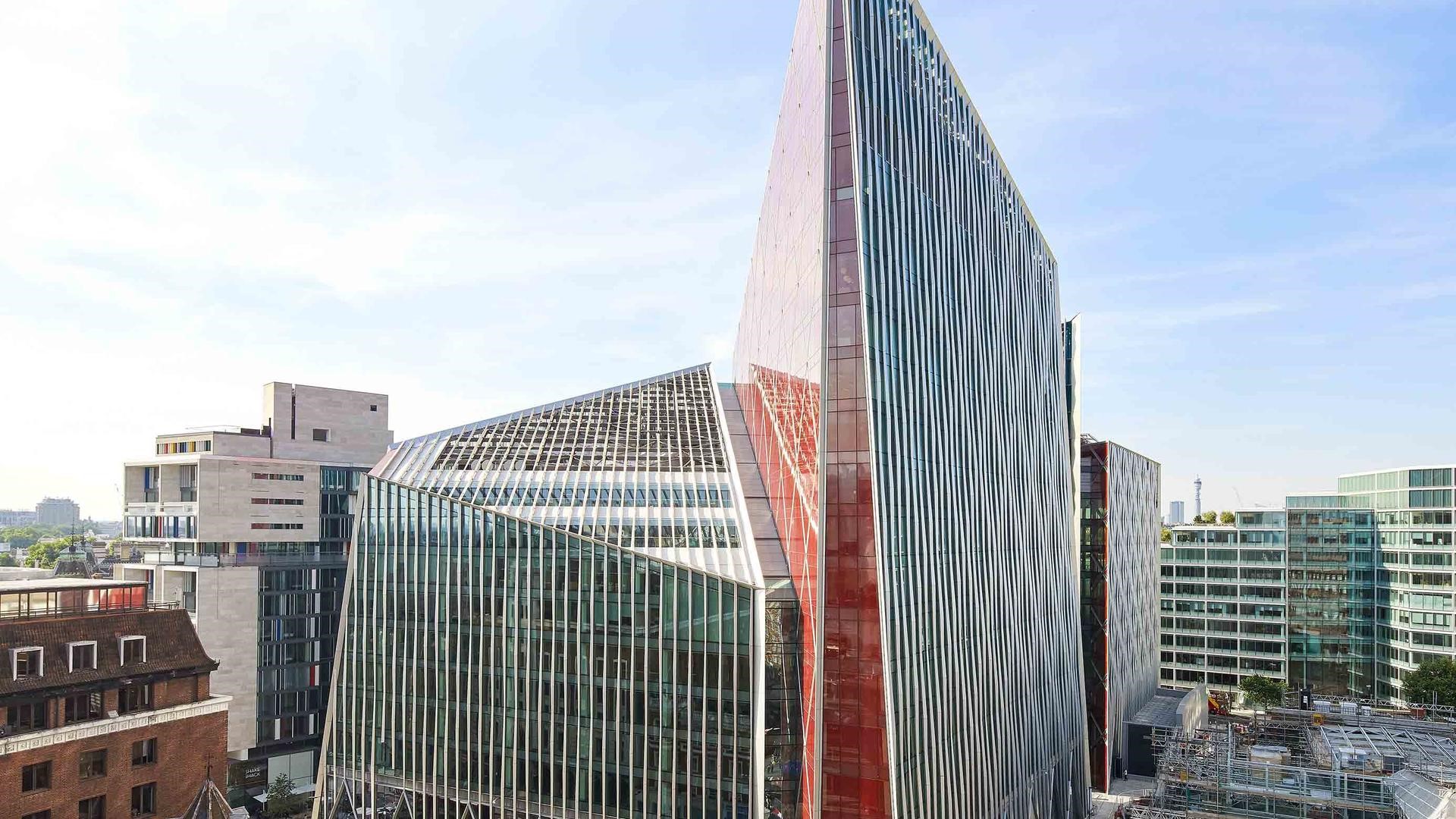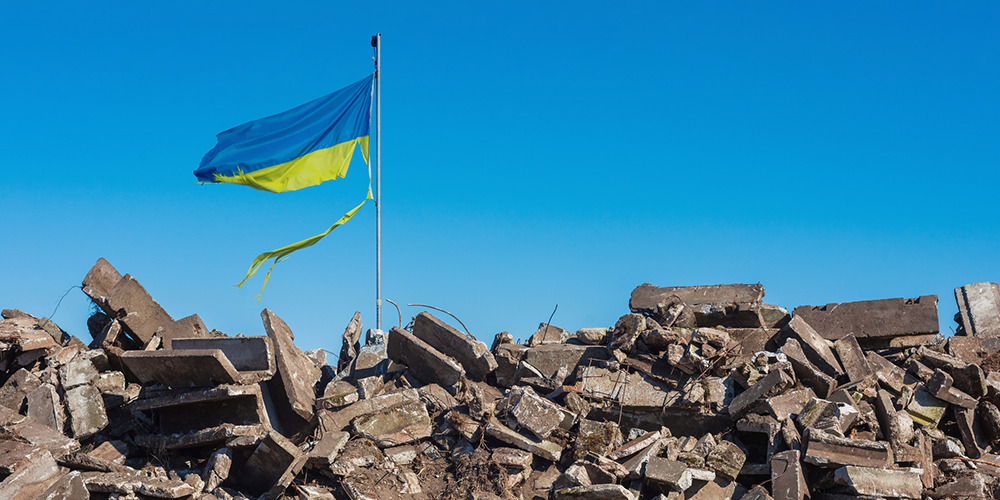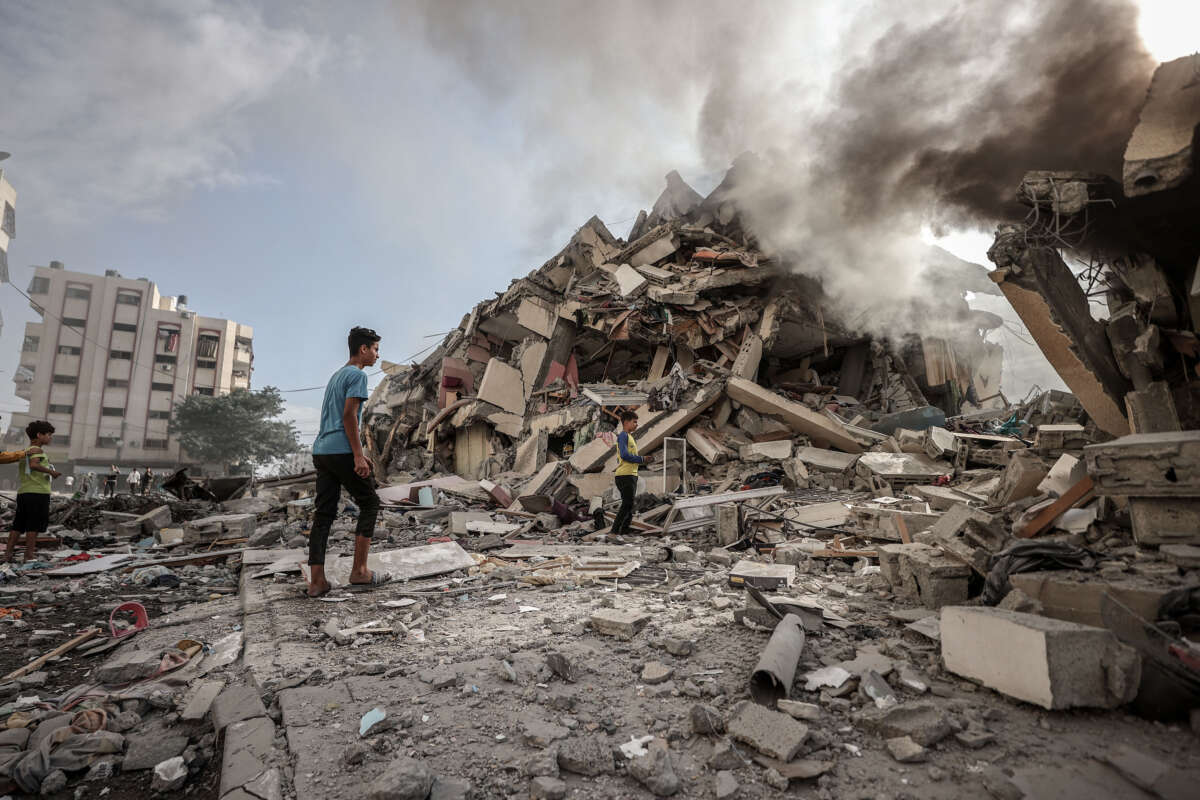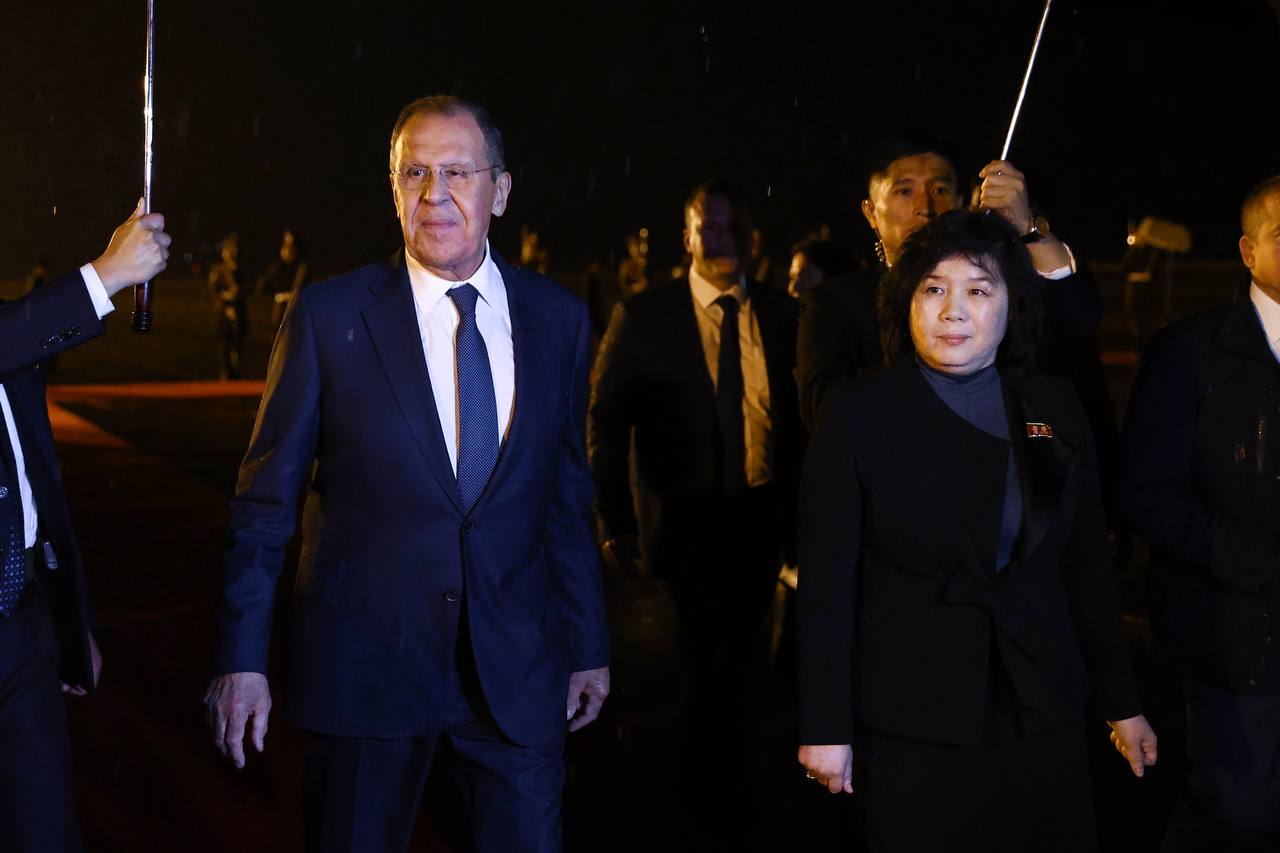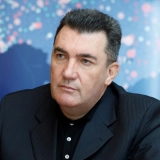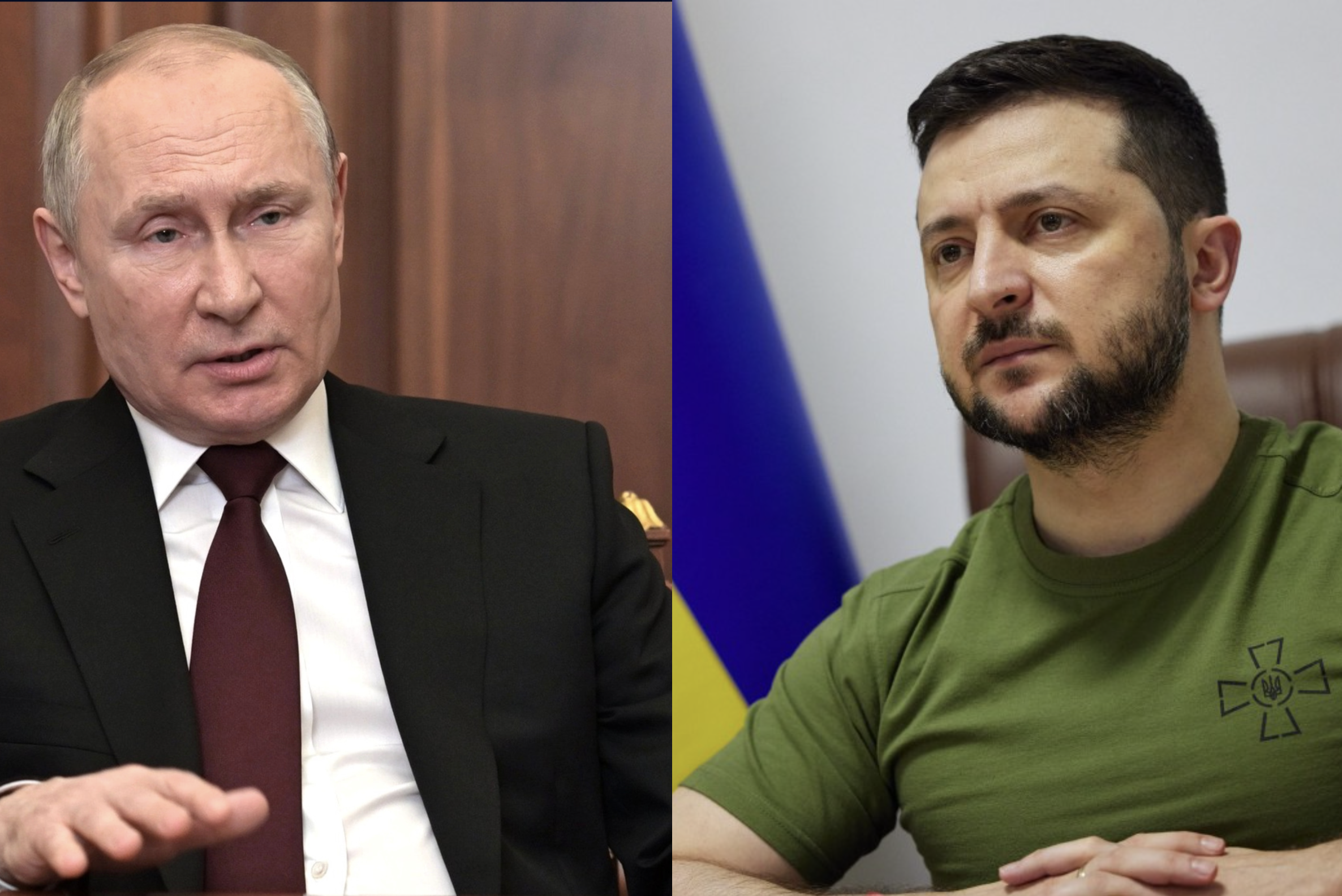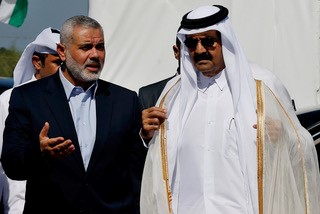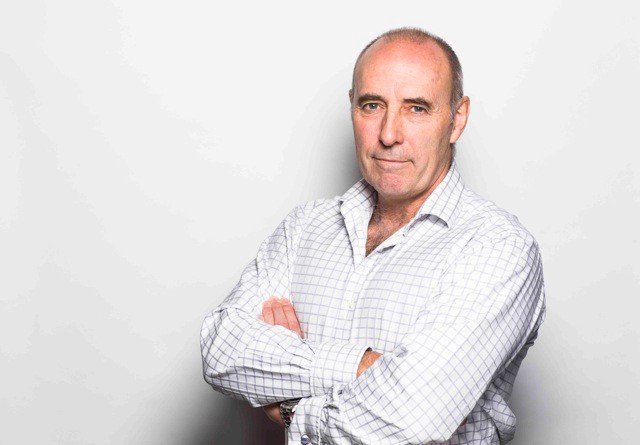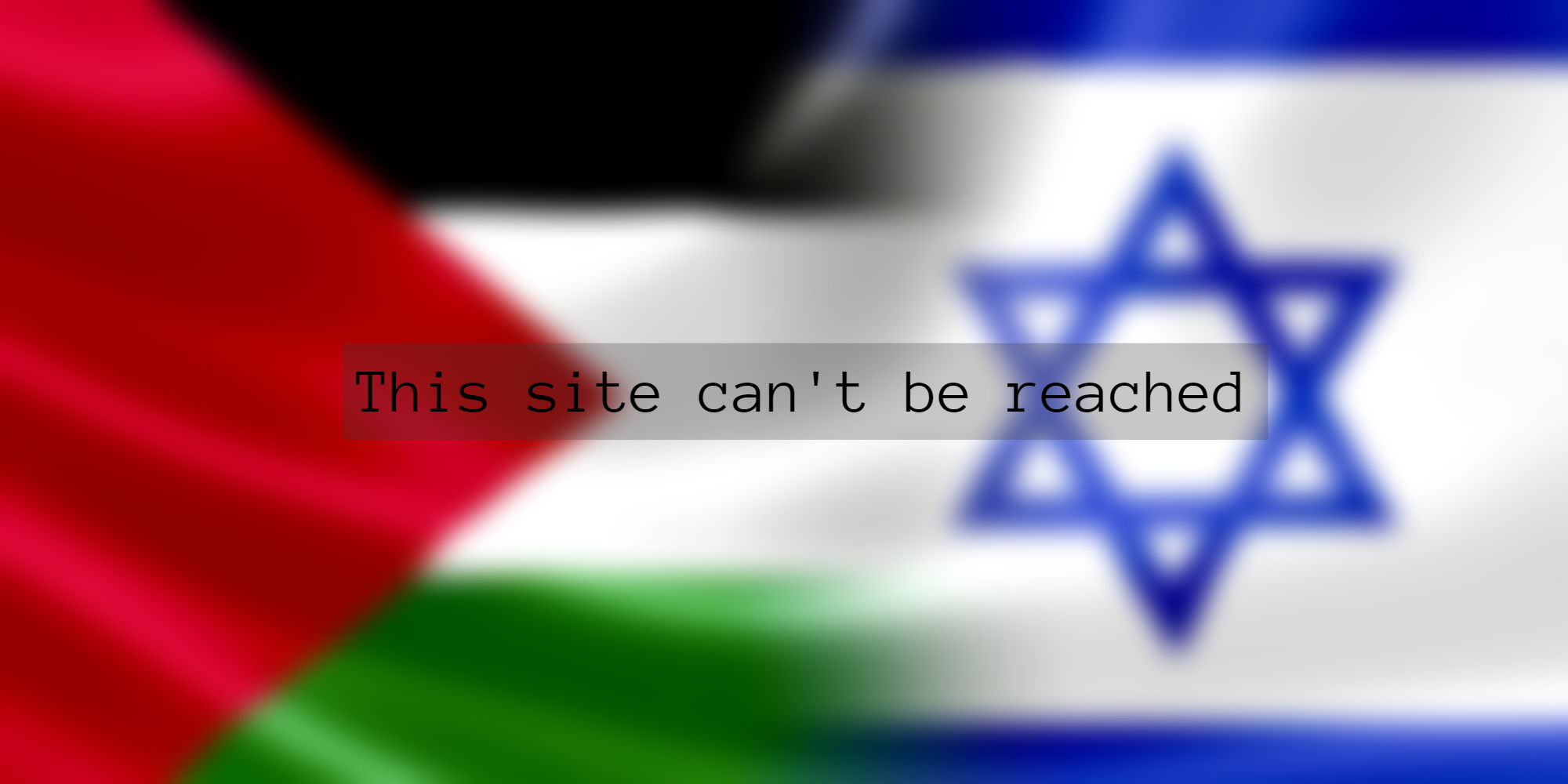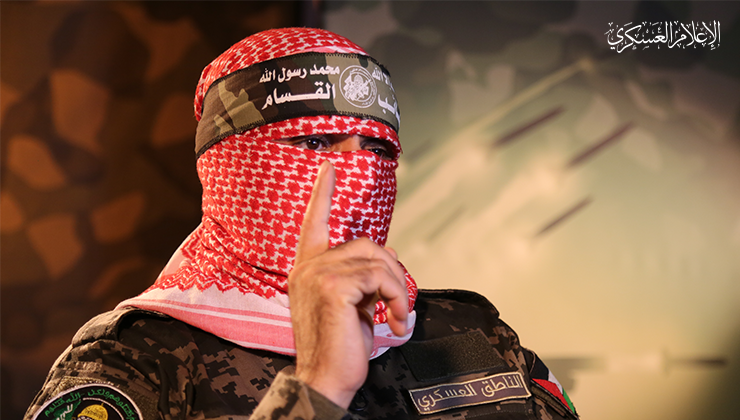‘We believe that in 5 years, Ukraine’s defence sector will attract half a billion dollars;’ Q&A with foreign defense investors

By Andrea Januta.
This story was originally published by The Kyiv Independent, 09 October 2024.
Ukraine has become a hotbed of defense innovation, as Russia’s deadly invasion fuels a rapid development of new battlefield technologies.
Kyiv now aims to become a global leader in the defense sector, but with its economy drained by the war, it needs foreign investment to accomplish its goal.
Ukraine has the capacity to produce around $20 billion worth of weapons and equipment, according to government estimates, but the state budget can only fund around $6 billion.
The government has launched several initiatives to encourage foreign investment, including the Brave1 accelerator program, which was launched in April 2023 and brings together defense start-ups, investors, and government stakeholders to encourage innovation and investment.
Investors Andre Pienaar, co-founder and chief executive of investment firm C5 Capital, and Rear Admiral Michael Hewitt, co-founder and chief executive of energy and security firm IP3, have been working as strategic partners of Brave1.
The Kyiv Independent spoke with the two investors in Kyiv about the state of Ukraine’s defense start-ups, what technologies most excite them today, and what can be done to encourage more investment in Ukraine’s defense industry.
The following has been edited for length and clarity.
The Kyiv Independent: How would you describe Ukraine’s start-up defense sector right now, and what has changed as it matures?
Michael Hewitt: Ukraine has gone from having a traditional defense industry to now shifting its attention to the innovation of asymmetric warfare, drone warfare — air, sea, even subsea.
What we’re looking to do now is lift that to the next phase of venture capital: growth, scalability, and following exactly what President Zelensky said he wanted to do, which was build capacity in the defense industry. Everything from artillery shell factories to building up the capacity to defend the country and be part of the European defense industry.
The second thing he wants is to protect and scale his own defense industrial base. We also need to protect and scale up the assets of key companies of Ukraine that have been part of the defense industry before.
And then finally, the area that we’re most focused on, is the pure innovative tech side.
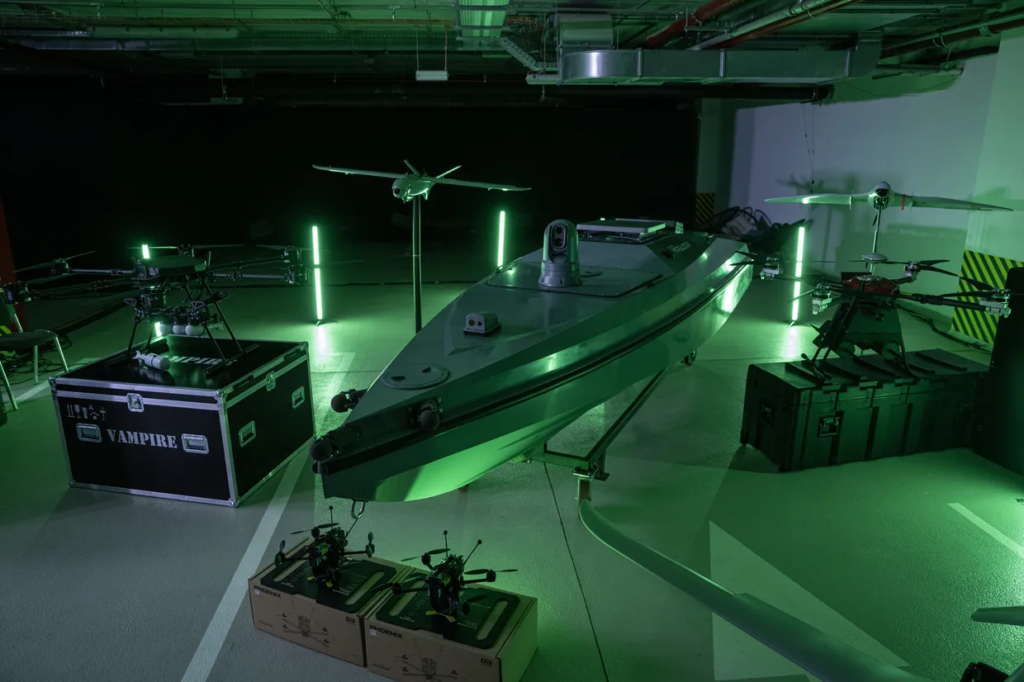
The Kyiv Independent: Which recent innovations have excited you the most?
Andre Pienaar: I think Ukraine is the leader today in the use of unmanned vehicles of all kinds, whether it’s on land or sea or air, and also the application of artificial intelligence and machine learning for national defense. Those are two very exciting areas.
And then another area that is not being talked about a great deal, but which is just as important, is cybersecurity. The cybersecurity market in Ukraine — although it is still quite small, about $100 million — we think it has terrific potential to grow.
Ukraine has been a base of great technology professionals and technology know-how for a very long time. Many American, British, and European companies have been relying on Ukrainian technology professionals and Ukrainian engineers for their R&D.
That same world-class excellence in engineering and know-how is now being applied to cybersecurity. And so we see not only Ukrainian cybersecurity services companies growing, but also new cybersecurity products being created in Ukraine.
This ability to work very closely with Ukrainian cybersecurity companies is very advantageous, not only for Ukraine, but also for the U.S because the things that Russia is trying to do to Ukraine with cybersecurity are at some point going to make their way in the form of ransomware or a cyber attack on America.
The Kyiv Independent: A few weeks ago, BraveOne announced Ukraine’s defense tech industry had attracted $12 million in private investments since the beginning of the war. This number has grown compared with last year but is still very low compared to other countries. What do you think is stopping investors?
Andre Pienaar: This year, about $9 billion has been invested in U.S. defense tech startups and about $2 billion across all of Europe.
So in that context, $12 million is a very modest amount of money. We are going to be working very hard to bring more VC investment firms from other allied countries to Ukraine to really build an allied VC community around Ukraine to scale this capital.
I think there are two things that we can do in Ukraine to scale this capital.
One is to do as much mentoring among founders as possible about lessons learned, mistakes made, and how to work with outside capital and venture capital.
I think many Ukrainian founders are still learning about venture capital, how it works, and how to open up their businesses for outside investment.
The second thing I think is really important is that the government does as much as it can to lift restrictions on the export of Ukrainian intellectual property and know-how so that Ukrainian founders can build companies that can really go global and become unicorns.
If you look at the U.S. market, yes, the U.S. is a big country. It has access to a lot of capital. But the most successful American VC-backed companies have all become global companies. And they’ve become global companies because they’ve not been subject to export restrictions.
And so easing those export restrictions in an intelligent and thoughtful way that will protect Ukrainian interests, protect Ukrainian know-how, but also allow Ukrainian companies to scale and grow their businesses globally and access other markets, I think it’s really important.
The Kyiv Independent: Ukraine’s defense field has gotten quite crowded, with experts predicting consolidation in the future. What makes a start-up stand out to you among the hundreds vying for your attention?
Michael Hewitt: It is a very crowded space, and to differentiate one UAS (Unmanned Aerial System) from another is sometimes very difficult to do.
Our view on innovative tech in Ukraine is not just hardware, but it could be software, it could be training, it could be as simple as understanding there’s a slight modification that can be made to improve the warfighting effectiveness of many of these companies.
A lot of it, I think, is going beyond first-person-view drones or autonomous drones into operating in the electromagnetic spectrum. Because what the Russians are doing quite well is jamming our counter-drone technology.
It’s fascinating that you can take down a $100 million fighter jet with a homemade system. But the opposite is true as well. We’re having to shoot million-dollar missiles at Russian drones.
In that crowded field, we’re going to be looking for technologies that are winning on the battlefield, that can be adjusted and developed for the war — technology that can be in constant development and improving upon its capability.
And then finally, one that we believe ultimately will be exportable for the international market.
The one thing I will say that is amazing here in Ukraine, and something we want to help accelerate, is the connection between the warfighter and the technology. It’s really unprecedented, and it’s an outcome of fighting for survival.
The Kyiv Independent: Any final thoughts on defense tech investment in Ukraine?
Andre Pienaar: Our mission here is to scale the capital that gets invested into Ukrainian companies from $20 million to hundreds of millions of dollars.
Nothing prevents Ukraine from attracting half a billion dollars of venture capital every year from the U.S., UK, Europe, and elsewhere.
We are going to work very hard to educate other venture investors about the opportunity in Ukraine, how to invest successfully in Ukraine, how to travel to Ukraine, how to meet Ukrainian founders, and really match the potential of the defense sector with fresh and new capital.
I want to say on the record that we believe that in the next five years, the Ukrainian defense sector will attract half a billion dollars of venture capital.


